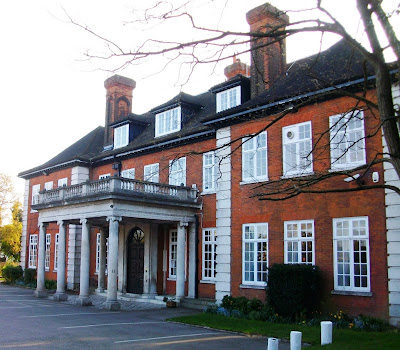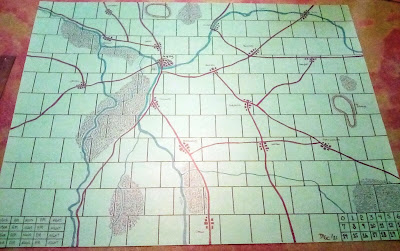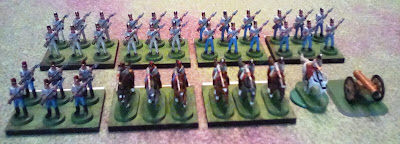As regular blog readers will know, over that past year my wife and have been stay in Tiverton several times. We rent an ‘apartment’ (it is actually a small house called ‘Castle Lodge’ which is situated at the entrance to Tiverton Castle) and spend a few days visiting friends who live in the West Country and exploring the local area. We had intended to pay Tiverton another visit before Christmas, but events brought our plans forward.
My sister, who was twelve years younger than me, had lived in Wiveliscombe (near Taunton, Somerset) with her family for many years. She had suffered from Crohn’s disease since the early 1980s, and at that time the treatment for severe cases involved the removal of parts of the colon. This is what happened in her case, and since then she had never enjoyed good health. She had numerous problems with blockages and lesions, and every few months she would have to spend time in hospital when the effects of her surgery and the disease flared up. Over recent years, these flare ups seemed to be more frequent and more intense and required longer and longer stays in hospital. When she was not in hospital, her ability to have anything approaching a normal life was almost impossible, and she had to rely on her family and carers to do most things for her. Although she could just about walk a short distance in order to get around inside her home, she required a wheelchair to get about outside.
A few months ago she began to experience bleeding from her stoma as well as a major flare up, and this resulted in a much longer stay in hospital than on previous occasions. As the COVID-19 pandemic was still having a major effect on the National Health Service, once she was stabilised, she was transferred from the local hospital in Taunton to one in Bridgwater. This made it difficult for her family to visit her and did no not aid her recovery. She eventually returned home but was even more dependent upon others for even the most mundane of daily tasks. Plans were being put into place to move her from her existing home into a specially-designed one where she would be able to cope better when she seemed to develop peritonitis.
My sister was rushed into hospital, and during the early hours of the morning they operated on her … only to discover that the problem was not peritonitis, but a number of ulcers and abysses that needed to be removed, along with most of what remained of her colon. She was left in a seriously weakened state, and when the newly-joined sections of her colon started to bleed, she and her family refused the option of further surgery. The hospital made her as comfortable as possible, and she died on 26th September ... on what would have been our mother's 94th birthday.
My sister’s funeral was held on Wednesday 15th October in Taunton, and Sue and I decided that rather than drive down from London on the previous day, stay overnight in a hotel, and then drive back home after the funeral, we would see if we could stay in ‘Castle Lodge’ for a few days so that we did not have to rush our visit to the West Country. 'Castle Lodge' was available, and on Monday 13th we drove from South East London to Tiverton using the M25, M4, and M5.
Tbe journey took five hours, including a thirty-minute comfort and lunch break at a service area between Swindon and Bristol ... and was much less fraught than our previous journeys using the M25, M3, and A303!
On the Tuesday of our visit, Sue and I spent part of the day relaxing from our previous day's journey, part of it at the Clark's Retail Village in Street, Somerset, and part talking to my niece, who has been doing the bulk of all the work to arrange her mother's funeral.
My sister's funeral took place at 2.00pm at Taunton Deane Crematorium in Taunton, followed by a Wake at the Bear Inn, Wiveliscombe, to which the family and my sister's friends were invited. Besides my brother and his family, I was able to meet several other members of my extended family, some of whom I had not seen for a very long time.
On Thursday Sue and I decided to return to Taunton to have a look around. The journey took just under forty minutes, and we spent a pleasant couple of hours exploring the centre of Somerset's county town. During the early evening we were visited by the elder of my sister's two sons, and we spent a pleasant couple of hours chatting with him about the funeral, sorting out my sister's estate, and his plans for the future.
On Friday morning we left Tiverton for home at approximately 10.45am and used the M5 and M4 to reach the M25 junction to the west of London. Due to several major holdups on the M25, we did not travel around it towards the Dartford Crossing. Instead, we continued towards the centre of London on the M4 and then followed a route that took us through Earls Court and along part of the Chelsea Embankment. We crossed the River Thames at Battersea, and made our way towards the South Circular Road, which we joined at Clapham Common. After that our journey was punctuated by a series of minor holdups at major junctions, but we were still home by a little after 3.45pm.









































































.jpeg)









